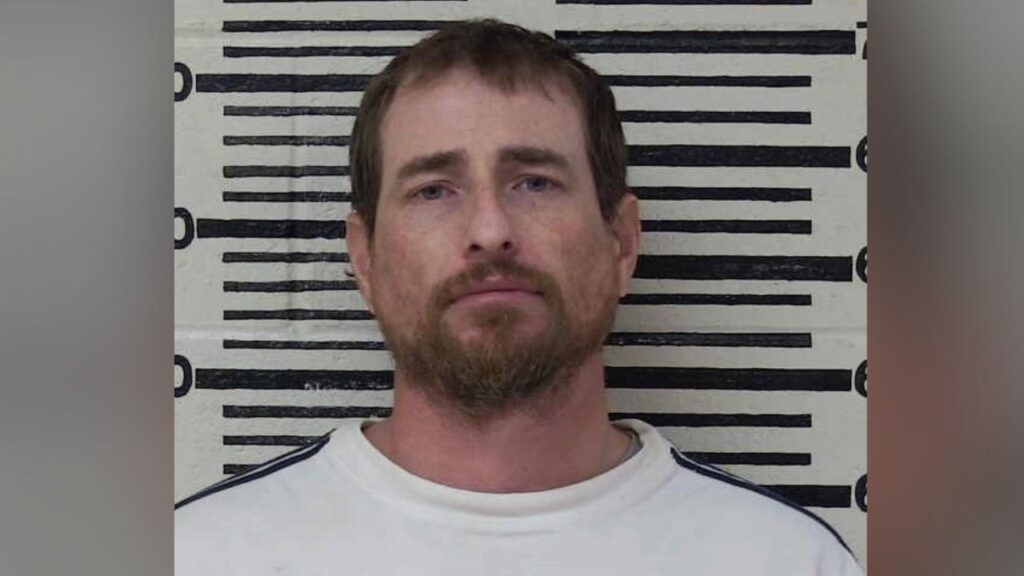Share
Gavin Newsom is fond of making grandiloquent, headline-grabbing gestures couched in moralistic terms.

Opinion
Dan Walters
CALmatters Commentary
His tendency first surfaced in 2004 when, as the newly elected mayor of San Francisco, he directed officials to issue marriage licenses to same-sex couples in defiance of a state law passed by California voters just a few years earlier.
“I had no right to do this,” Newsom to an interviewer last year, when he was running for governor. “We didn’t have the formal authority. But we tried to exercise our moral authority and challenge the laws.”
Although his action was quickly slapped down by the courts, it made him a national political figure.
Last week, Newsom did it again, ordering reprieves for the more than 700 inhabitants of California’s death row and, in effect, launching a campaign to persuade California voters to overturn capital punishment.
That, like the same-sex marriage decree 15 years earlier, was well orchestrated for maximum media attention, including videos posted on Twitter and photos of San Quentin’s capital punishment chamber being dismantled.
His Opposition to Capital Punishment Was No Secret
Once again, Newsom is defying the demonstrated will of California voters, who twice in this decade rejected ballot measures that would have ended the death penalty—and if there’s a political price to be paid, it would be for that defiance.
Although his opposition to capital punishment was no secret, Newsom on several occasions had pledged to honor those two votes.
In a 2016 interview with the Modesto Bee’s editorial board, Newsom said he would “be accountable to the will of the voters” if elected governor. “I would not get my personal opinions in the way of the public’s right to make a determination of where they want to take us.”
While campaigning last year, Newsom said that while he was fervently opposed to the death penalty, he didn’t “want to get ahead of the will of the voters” and wanted to “give the voters a chance to reconsider.”
So last week’s action was definitely a flip-flop. He justified it by saying, “The will of the voters is also entrusted in me on the basis of my constitutional right” as governor to grant a reprieve to condemned prisoners.
“I’ve had to process this in a way I didn’t frankly anticipate …. A few months ago, it was an abstract question,” he told reporters. “Now, it’s a very real question,” he added, citing legal maneuvers over the state’s current mode of execution, lethal injection.
Jerry Brown Was No Less Opposed to Capital Punishment
There is a cogent argument to be made against capital punishment, even on non-moralistic grounds. It makes little sense to continue sending killers to death row if the state is to continue what has been a de facto moratorium on executions. None has been performed since 2006, two governors ago.
However, despite its being a very blue state, California voters have twice declared their support for capital punishment. It’s somewhat unseemly for a governor to, in effect, thumb his nose at them, especially after pledging not to do so.
Newsom’s predecessor, Jerry Brown, was no less opposed to capital punishment, and it cost him politically during his first stint as governor, contributing to a failed 1982 bid for the U.S. Senate, which short-circuited his presidential ambitions.
During his second governorship, Brown bowed to capital punishment’s popularity and refused, despite pleas from death penalty opponents, to issue a blanket reprieve.
Newsom has set himself apart from Brown on several high-profile issues, and this is another. His gay marriage gesture in 2004 turned out to be a political plus, especially after the U.S. Supreme Court agreed. Morality aside, this is another political gamble.
CALmatters is a public-interest journalism venture committed to explaining how California’s state Capitol works and why it matters. For more stories by Dan Walters, go to calmatters.org/commentary.
Categories

National Handgun Reciprocity Legislation Would Save Lives

















